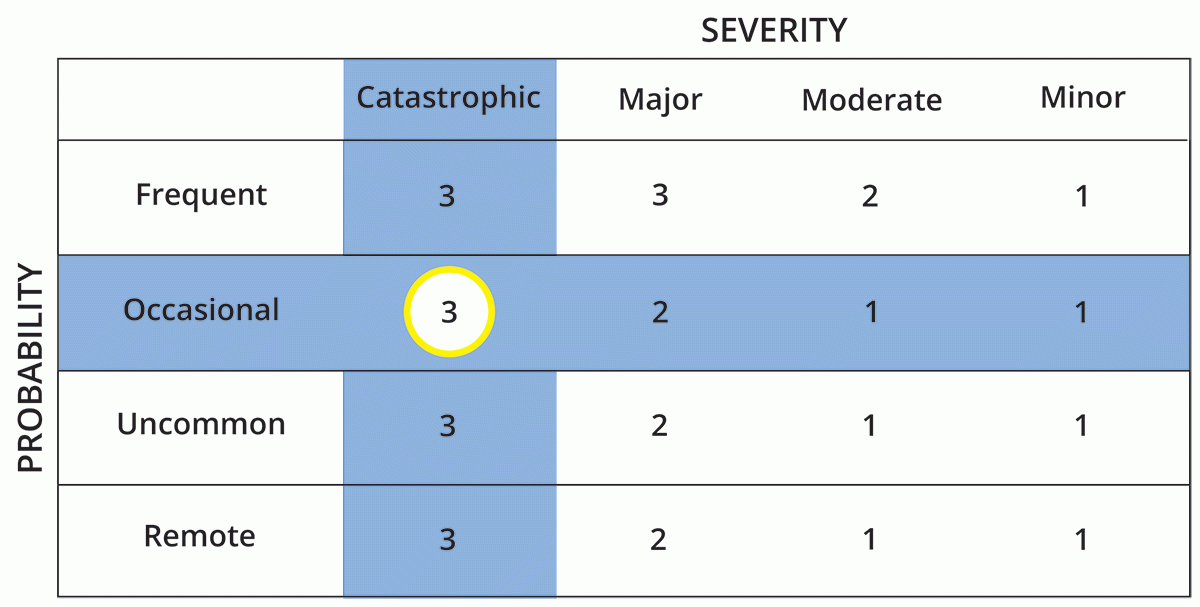

The nursing staff was showering a patient in the shower room in the unit as part of routine morning care. The patient was seated in a chair while being washed when he slid off the chair and hit his face, hip, and shoulder. The patient was examined by the doctor at 7:55 a.m. and transferred to the acute evaluation unit for further evaluation. X-rays were ordered and no fractures noted. The patient was returned to the ward where neuro checks were initiated as per policy and reported as normal.
No injury was reported after evaluation by x-ray and clinical evaluation on the ward.
Actual Severity Score = MINOR
However, when considering the potential for injury, the evaluator could reasonably assess it as potentially catastrophic. This is true because past experience with similar falls demonstrated that the most likely worst case scenario could have resulted in a lethal injury. In general, the severity score assigned should be whichever one is the most severe when comparing actual v. potential outcomes.
Potential Severity Score = CATASTROPHIC
While this can sometimes be based on data, in most cases, this is the most subjective portion of assigning an SAC score.
Based on the experience of the evaluator, the probability of an outcome for a patient of this type whose head struck a hard object as the result of a fall would be occasional to uncommon. To be conservative, the occasional assessment would be selected.
Probability Score = OCCASIONAL
Use the matrix to find where the severity and probability ratings meet. With this scenario, the score is a “3,” a high risk to patient safety and you would choose to conduct an RCA2 for the event.
